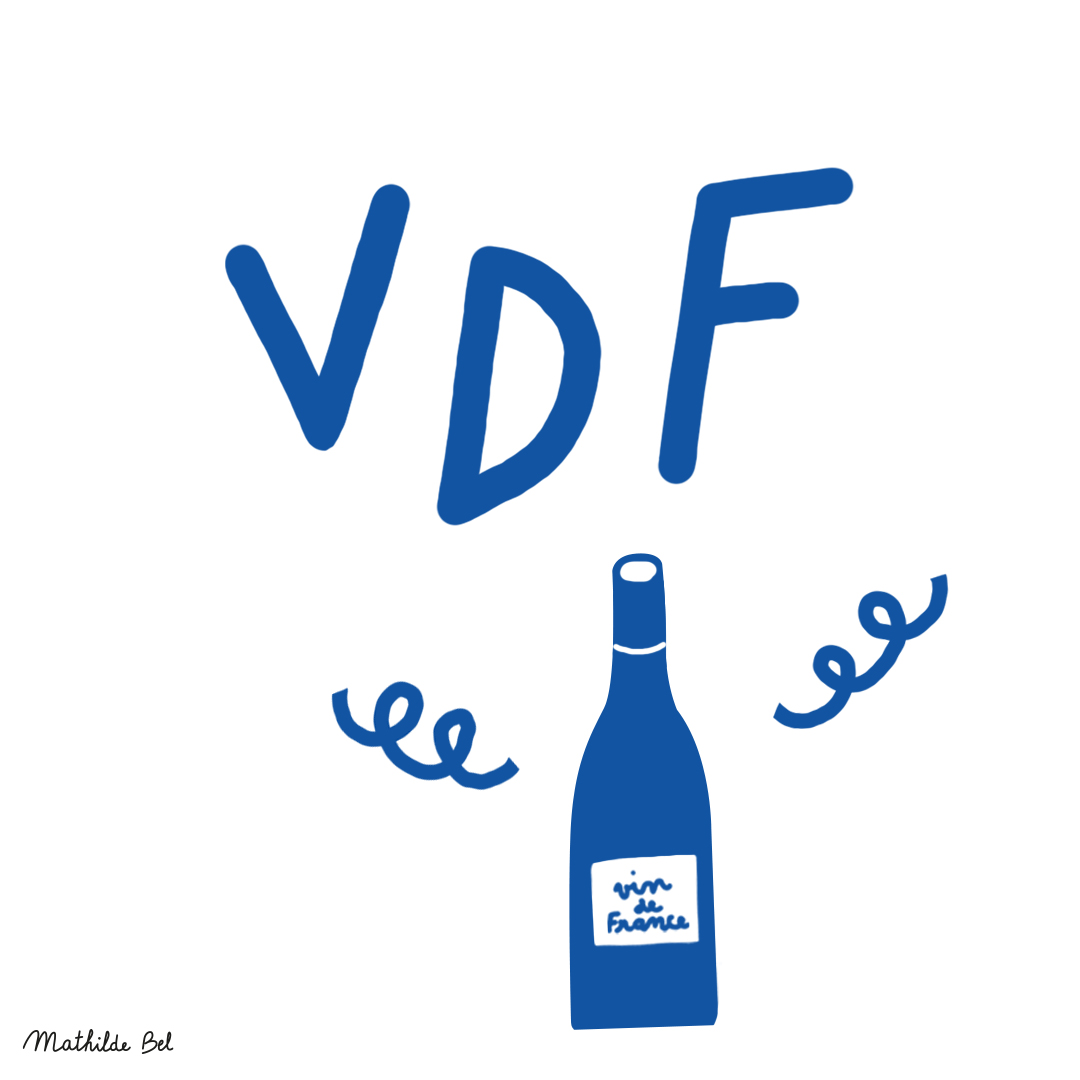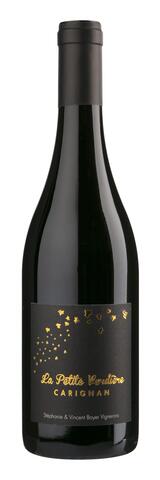Carignan de France
Wines color
Taste profile
Sweetness
Body
Acidity
Tannins
Alcohol
Table of contents
Medal winners
Encyclopedia
Origin
Carignan is a grape variety that originally comes from Spain, more specifically Aragon. In the 12th century, it was introduced into southern France where, on the shores of the Mediterranean, it has thrived, from both an agronomic and climatic standpoint.
Aromas
Most of the time, wines made with Carignan have notes of spices and especially ripe fruits (namely prune), blackberry or black cherry. After ageing in oak barrels, these are accompanied by hints of toasted bread, grilled almonds or leather.
Wines profile
Carignan has a high potential for acidity, and average potential for sugar content and color, especially when harvested in high yields. By controlling yield, however, we can obtain wines that are less acidic, more concentrated and thus better balanced. In this case, the tannins are softer and less herbaceous. Carbonic maceration is a winemaking technique that enables these characteristics to be easily improved. The wines thus become smoother and fruitier. Wines made from old vines, on the contrary, are often of great quality – powerful and full-bodied - thanks to their low yield.
Cultivation areas
Carignan is an exclusively Mediterranean variety. In France, it is found from Nice to Perpignan and, in lesser quantities, in Corsica. In the past it was planted on plains, and gave wines that were of little interest. The vines were thus pulled out and today the variety is grown only on high-quality terroirs.
Precocity
Carignan is a late grape variety, Period III in terms of ripeness, as it ripens 4½ weeks after Chasselas, the benchmark. It also buds late, 9 days after Chasselas.
Vigor
Carignan is a fertile grape variety whose yield must absolutely be limited in order to produce quality wines. Its fertility enables regular production. It is easy to manage but must be pruned short (head-pruned or cordon-pruned) in order to limit yield. Its vine shoots grow upright. When the vines are old (up to 50 years) and less productive, they give grapes of outstanding quality.
Soils
Carignan needs well-drained soils in order to grow optimally. Calcareous, low-acid soils are preferred.
Climat
A southern grape variety par excellence, Carignan is made for hot, very sunny terroirs. In addition, it withstands drought well, which makes it a natural for the Mediterranean coast, mainly the southwestern area near the Spanish border.
Susceptibility to diseases and pests
Carignan is relatively little prone to gray mold and dead arm disease. However, it is well known to be highly susceptible to oidium on its leaves and bunches. Thus, it is ideally grown in dry soils with a lot of wind, as in the southwestern Mediterranean area. It is also susceptible to leafhoppers.
Use
Carignan is used only to produce wine.
Descriptive elements
To recognize Carignan, we must observe the tips of its young shoots, which are densely covered in flat-lying hairs. Its young leaves are shiny yellow. The new shoots also show a herbaceous appearance with red streaks. The adult leaves are large and generally have 5 lobes. The petiolar sinus is either slightly open or slightly closed. The lateral sinuses are of medium depth. The leaf blade is odd-shaped, with a prominent waffle-like texture and the underside has a thin coat of flat-lying hairs. Its clusters and berries are medium to large in size.
Clonal selection in France
The twenty-five approved Carignan clones (specifically named Carignan N) are numbers 6, 7, 8, 9, 62, 63, 64, 65, 66, 90, 151, 152, 153, 171, 178, 179, 270, 271, 272, 273, 274, 275, 276, 505 and 547. A conservatory including nearly 300 clones was set up in the Aude region in 1998.


